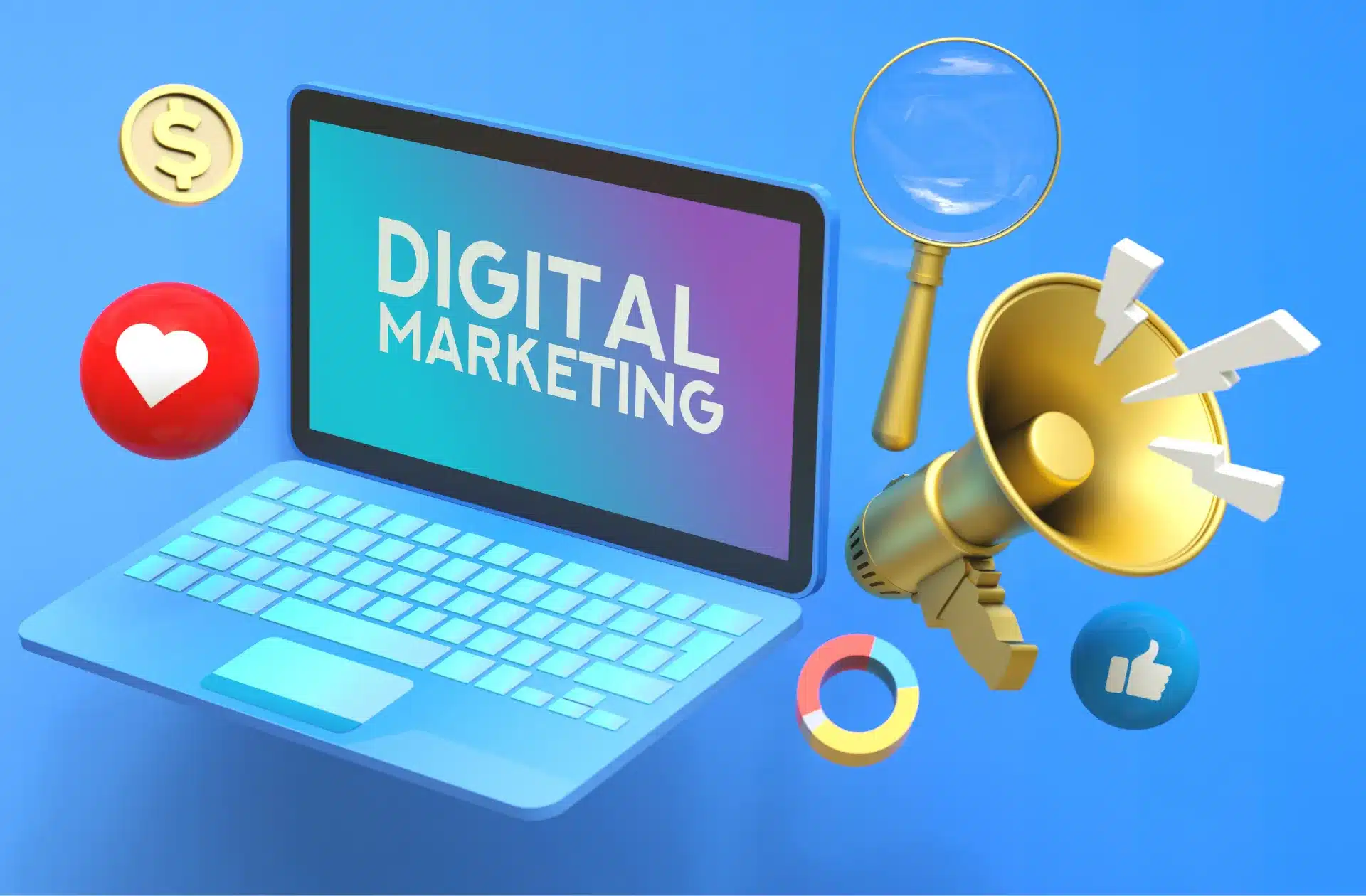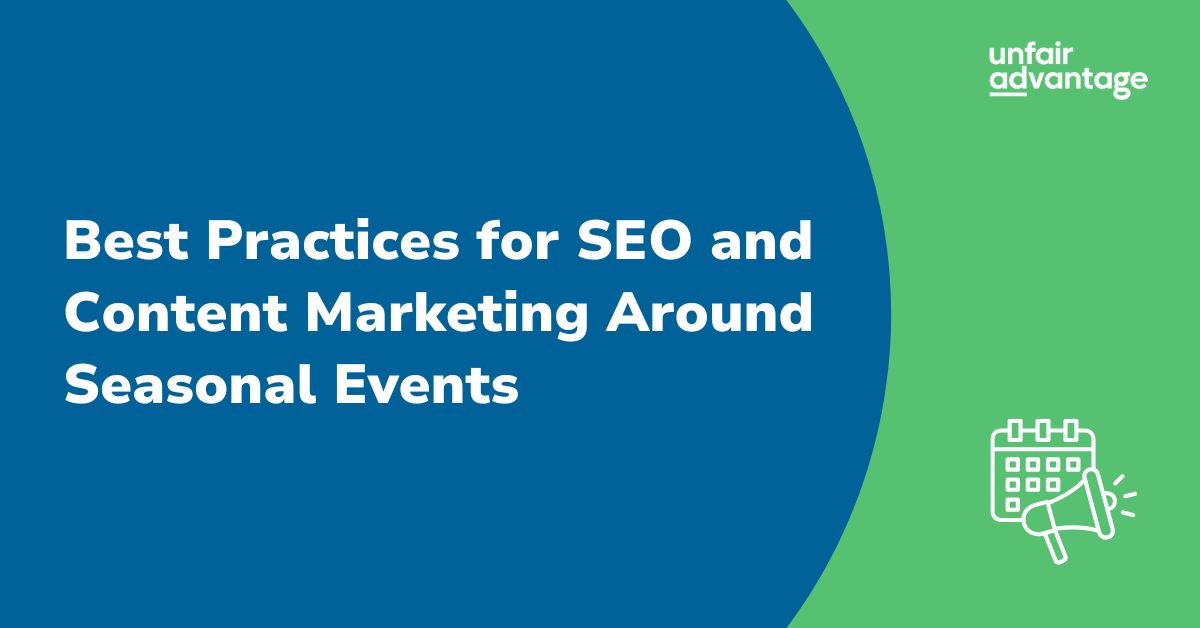
Published in:
Blog
How to Level Up Your Digital Marketing
You’ve got a great website, your Google Business Profile and LinkedIn business pages are complete, you’ve launched paid ads, and you have a content calendar for your blog. You’ve worked through all the marketing tips for beginners and you’re ready to go to the next level in your digital marketing strategy.
How do you take things up a notch? We’ve been doing this for over 15 years so read on for how to level up your digital marketing and paid media efforts!
Why Ongoing Marketing Campaign Management is Important
Ever signed up for a trial to a subscription with the intention to cancel it before it ended but forgot to cancel it? It’s a bummer huh? When it comes to your marketing efforts using a set it and forget it strategy can put your business at the risk of paying for things you don’t intend to.
Active campaign management is important, especially in the digital space. It can extend your marketing budget and save you hours of work cleaning up things that are hurting performance. And who enjoys cleaning up a mess that could be avoided anyways?
There are many ways to actively manage your campaigns such as refining moderately performing campaigns, improving and expanding advertising assets, and making offers count. The more effective you are at actively managing your campaigns the more you can avoid growth plateaus in performance coming from increasing competition not to mention declines in KPIs or revenue. Here is an example of how we put all of that into practice for a client experiencing growth plateaus .
What Makes a Great Marketing Campaign?
A great marketing campaign starts with clearly describing the audience you want to market to. This is followed by strategizing where to interact with your audience. Once those two steps are completed, crafting a message that addresses the pain points or rewards what your audience seeks is the next step. Finally, put it all together to meet your audience where they are and present your brand as the solution they are looking for.
How You Can Improve Your Marketing Strategy
A marketing strategy is a thought-out plan to put your brand on top of mind when customers are either not aware of a need they have or are ready to find a solution to a need they have. Here are some advanced tips to improve marketing strategy for your brand.
Develop a Customer/Audience Segmentation Strategy
Imagine going to get your brakes replaced only to find a dentist trying to fix cars at the mechanic shop. If you’re like most people you would leave that shop and try to find another one. That’s what it’s like when you advertise without a defined audience and segmentation strategy. Defining your target audience and segmenting appropriately allows you to craft a message that will draw the right people to your offers.
In paid advertising, the benefits of audience segmentation include being rewarded by Google with lower costs per click and converting leads at a lower cost. Google prioritizes user experience to keep people coming back to them. The better you can help Google with this by tailoring your ads to search terms people are searching for, the more Google will show your ads. The other benefit is that because your audience is targeted you will be converting at a higher rate by showing up for exactly what people are looking for. It’s like going to get your brakes replaced and finding a mechanic instead of a dentist.
Determine an Ideal Marketing Mix in Terms of Content and Channels
When it comes to reaching potential customers in the digital space, businesses need to have a marketing strategy that engages with prospects in every stage of their buying journey. The benefits of using multiple paid media channels and other digital strategies to market online are that it increases your reach and expands opportunities for conversions.
Not all potential customers are the same in how they get hooked on offers. Some customers may be visual and would be more receptive to marketing from social media channels with images and videos. Therefore embracing social media as part of your marketing strategy is necessary to reach these audiences. Other potential customers may be data driven and would be more receptive to marketing from ads with value props and descriptive blogs to help them decide to do business with your brand.
Solidify Your Brand Identity
In today’s competitive market having a strong brand identity is essential for marketing success. A strong brand identity builds trust which can provide more opportunities to turn leads into customers. When marketing on multiple platforms, having a clear brand identity helps your brand stand out and keeps your business top of mind. Developing a strong brand identity starts by understanding the audience your business serves followed by putting together visual elements that speak to your audience.
Set Campaign Objectives to Fit Your Goals and Budget
Campaign objectives are important because they align your marketing efforts with business objectives, they help you stick to a clear strategic vision, and allow you to measure success. Every business focuses on different objectives such as increasing brand recognition, generating leads, or improving return on ad spend.
Your objectives provide clarity on how to strategically get the most out of your budget. Use your objectives to guide how you allocate your budget among various targeting opportunities in audiences, devices, locations, and demographics. By establishing and staying focused on an objective you’ll be able to collect real performance data to measure and then replicate the success of your campaign.
Personalize Your Marketing
How can you differentiate your business from your competitors? Personalization. Personalized marketing strategies help build connections and keep your brand top of mind with the audiences your business serves. Effective personalized marketing builds trust which allows your customers to be more open to purchasing and recommending your brand and products. Personalized marketing benefits your marketing team in multiple ways such as allowing your team to understand customers, helping your brand stand out, increasing conversion rates, increasing brand loyalty, and trust building.
Understanding your customers helps your business gain insights into opportunities to improve customer satisfaction. Your brand stands out when potential prospects are in their buying journey and can experience your brand on a personalized level. Meeting your customers where they are improves the buying experience which brings them closer to conversion. Personalized marketing strengthens emotional connections to your brand which incentivizes customers to take advantage of your rewards programs. Finally, when customers feel that the business knows how they want to be communicated with, they get a feeling of their needs being met which makes them want to come back and do more business with your brand.
Let Data Drive Your Creative
Using a data driven approach makes it easier for marketing teams to determine what type of creative assets targeted audiences interact with. Creating content or running ad campaigns that meet your audience where they are based on interests and added value builds trust which leads to more opportunity for conversions.
A good place to start to use data to drive your creativity is by looking into your analytics to see what type of content is resonating with your audience. In paid search you can look at campaigns generating clicks and no conversions to remove the disconnect. The one thing to avoid is to be labeled as an annoying brand, the brand that displays ads irrelevant to what people are interested in. In SEO you can look at what pages generate traffic but have low durations. Understanding what has worked in the past and what didn’t will allow marketers to create content that is relevant to audiences which improves the user experience as they engage with your business.
Always Be Testing New Strategies
Constant testing is crucial to keeping your marketing efforts fresh and effective. To start, think about testing audiences, channels, vendors and creatives. The most common benefits for testing in digital marketing include reducing spend, increasing revenue, improving user experience, and improving performance metrics such as impressions, clicks, or conversion rates.
Testing done well allows you to fully maximize one marketing platform which opens the opportunity to expand into other platforms. If you’re looking to expand into social media channels, a platform like Twitter is great for increasing ad recall and brand awareness. Facebook is great for B2C companies interested in building relationships with their customers and we’ve also had great experience getting B2B leads through Facebook. Lastly, LinkedIn is great for businesses interested in targeting professional audiences based on company, demographic, education, job experience and interests.
Ensure Your Website is User Friendly
According to Abstracta 88% of people in the United States don’t have positive attitudes when it comes to businesses that have low performing mobile apps and websites. When users have negative feelings about a website they are likely to check out a competitor, lose trust, and worst not even want to come back to that website.
There are three key ways to give users a good experience when they visit your website:
- The first way is by improving the site load speed, this not only gives users a good experience but search engines like Google factor this in how they rank your website.
- The second way is by putting together a website that is mobile friendly as more people tend to use their phones to research and purchase things now more than ever.
- The third way to give users a good experience is by making sure they can find what they are looking for easily. If users have a hard time finding what they are looking for they are more likely to go elsewhere to find it.
Level Up Your Use of Analytics
Successful campaigns are campaigns built around projections and KPIs that are tied to business objectives. Observing and analyzing these KPIs with data improves efficiency, provides insights into your marketing strategy, and makes the most out of your marketing budget. Deep diving into analytics uncovers trends, testing opportunities, budget reallocation possibilities, and most of all understanding how the audience you are targeting is receiving your marketing efforts. In order to do this effectively conversion tracking must be set up in a way that conversion actions are aligned with your business objectives.
What Next?
Digital marketing is constantly evolving with new technology, platforms, policies, and user behaviors. Trying to keep up with the constant evolution can make putting together and following an effective marketing strategy challenging. Finding the right person or team for the task can be even more challenging if you haven’t navigated the digital marketing sphere.
We’re here to take on the digital marketing challenge for you. At Unfair Advantage, we start by asking the right questions to understand your business objectives, then utilize data to gain insights into your targeted audience, all to determine the appropriate channels and creatives that put your brand in front of people looking for what your business offers.
Find out how we step up to the challenge by reaching out to us today !

